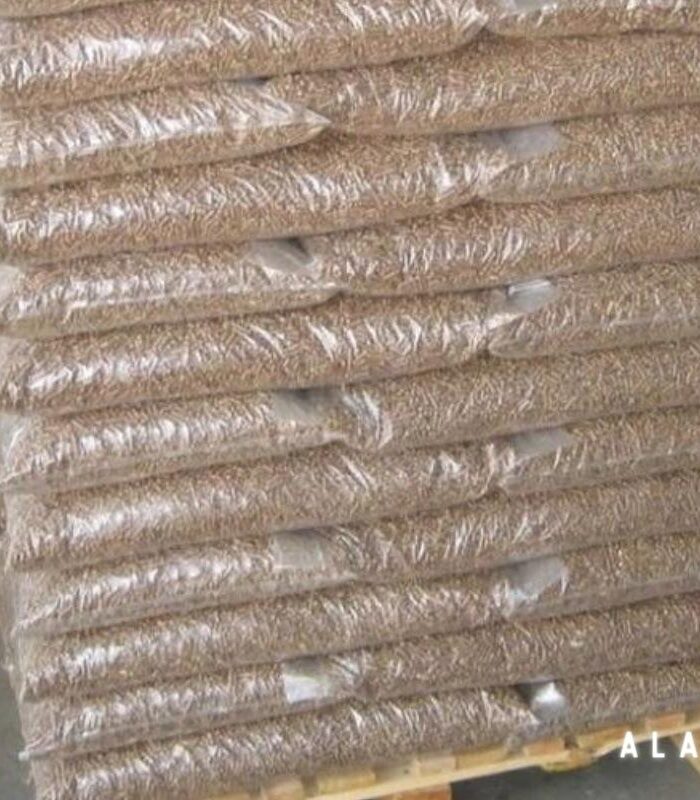

Case Study Info
- Clients Martin Calep
- Category Organic Waste
- Date May 04, 2021
- Location Ufa city
Organic Waste Description:
Organic waste refers to biodegradable materials derived from living organisms or their byproducts. Alamak specializes in the recycling and management of various organic waste categories, including food waste, wood pellets, used cooking oil, yard waste (leaves, grass clippings), wood and sawdust, and agricultural waste. Here is a detailed description of each category, along with their specifications, uses, and applications:
1. Food Waste:
– Source: Food waste is generated from residential, commercial, and industrial sources, including restaurants, grocery stores, and households.
– Types: It includes spoiled or expired food, food scraps, peels, and leftovers.
– Specifications: Food waste should be separated from non-organic materials like plastic or packaging.
– Uses and Applications: Food waste is commonly processed through composting or anaerobic digestion to produce organic fertilizers, biogas, and animal feed additives.
2. Wood Pellets:
– Source: Wood pellets are made from compacted wood fibers, sawdust, or other wood waste materials.
– Specifications: Wood pellets are typically cylindrical in shape with a diameter of 6-8mm and a length of 10-30mm.
– Uses and Applications: Wood pellets are used as a renewable and sustainable source of energy for residential heating, industrial processes, and power generation.
3. Used Cooking Oil:
– Source: Used cooking oil is derived from frying and cooking processes in households, restaurants, and food processing industries.
– Specifications: Used cooking oil should be free from contaminants, solid particles, and excessive moisture.
– Uses and Applications: Used cooking oil is recycled to produce biodiesel, a renewable fuel source used in transportation and industrial applications.
4. Yard Waste (Leaves, Grass Clippings):
– Source: Yard waste includes leaves, grass clippings, branches, and other organic materials from landscaping and gardening activities.
– Specifications: Yard waste should be free from non-organic materials like plastic bags or stones.
– Uses and Applications: Yard waste is commonly composted to produce organic fertilizers and soil amendments for gardening and landscaping purposes.
5. Wood and Sawdust:
– Source: Wood waste and sawdust are generated from various industries, including woodworking, construction, and furniture manufacturing.
– Specifications: Wood waste and sawdust should be clean, untreated, and free from contaminants or hazardous materials.
– Uses and Applications: Wood waste and sawdust can be utilized for energy generation, animal bedding, composting, or processed into wood pellets.
6. Agricultural Waste:
– Source: Agricultural waste includes crop residues, animal manure, agricultural byproducts, and unused crops.
– Specifications: Agricultural waste should be free from pesticides, chemicals, or other harmful substances.
– Uses and Applications: Agricultural waste can be recycled through composting, anaerobic digestion, or used as feedstock for bioenergy production.
The recycling and proper management of organic waste offer several environmental benefits, including reducing greenhouse gas emissions, conserving natural resources, and promoting sustainable agriculture. Alamak employs various methods such as composting, anaerobic digestion, and recycling technologies to process organic waste into valuable products.
It is important to note that the availability and specific applications of organic waste may vary based on regional regulations, market demand, and the specific characteristics of the waste stream. Alamak adheres to applicable environmental regulations and implements responsible waste management practices to ensure the proper handling and recycling of organic waste materials.
Please note that the mentioned specifications, uses, and applications are general guidelines and may vary based on specific requirements, regulations, and market conditions at the time of recycling.
Tag:
Organic Waste
Related Projects

